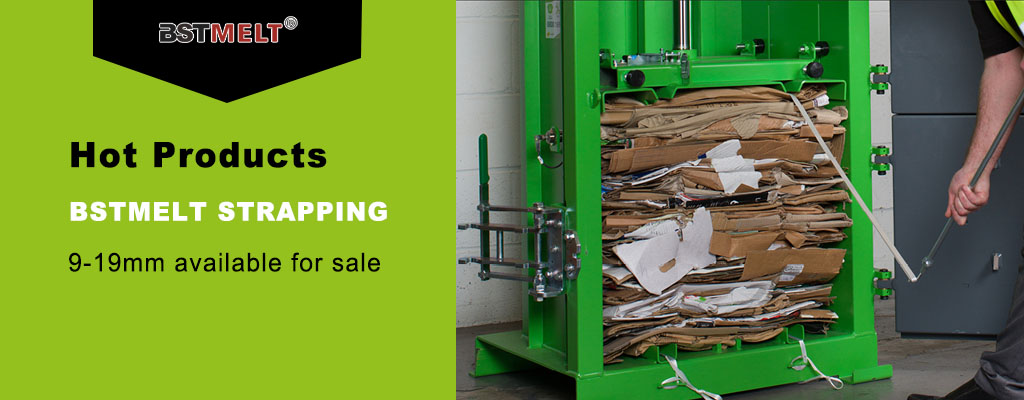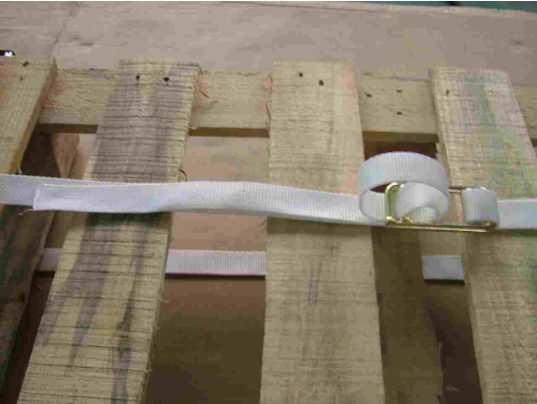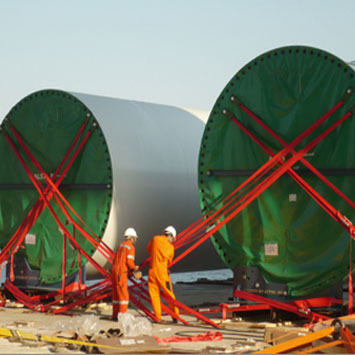Introduction:
In the realm of recycling and waste management, there is a humble yet indispensable product that plays a crucial role in the process: baling tape. This seemingly simple adhesive strip is the backbone of the recycling industry, ensuring that materials are securely bundled and transported efficiently. Despite its low profile, baling tape is a vital component in the journey from waste to resource.
The Role of Baling Tape:
Baling tape, also known as Bale Press Strap, is a heavy-duty adhesive tape designed to bind together large quantities of recyclable materials such as cardboard, plastic, and metal. It is used in balers, which are machines that compress and tie together recyclable materials into compact bales. These bales are then transported to recycling facilities where they are sorted, processed, and ultimately transformed into new products.
Key Features:
Strength and Durability: Baling tape must be incredibly strong to withstand the immense pressure exerted by balers. It is typically made from high-strength materials like polypropylene or polyester, ensuring that the bales remain intact during transportation and handling.
Adhesion: The tape's adhesive properties are critical for creating a secure seal. It must stick firmly to the materials it is binding, even when they are damp or dusty, which is often the case with recycled goods.
Resistance to Elements: Baling tape needs to be resistant to weather and environmental factors. It should not lose its adhesive properties in the presence of moisture, heat, or cold, as this could compromise the integrity of the bales.
Environmental Impact: As the recycling industry strives for sustainability, baling tape manufacturers are increasingly focusing on eco-friendly options. This includes using biodegradable materials and reducing the carbon footprint of the tape's production process.
The Process of Baling:
The baling process begins with the collection of recyclable materials. These materials are then fed into a baler, where they are compacted into dense blocks. Baling tape is applied around the bales, either manually or by an automated system, to hold them together. The tape is wound around the bale multiple times, ensuring a tight and secure bond.
Benefits of Baling Tape:
Efficiency: Baling tape enables the efficient transportation of large volumes of recyclables. Bales are easier to handle, stack, and ship, reducing the cost and environmental impact of logistics.
Space Saving: By compressing materials into compact bales, baling tape helps to save space at recycling facilities, allowing for more materials to be processed in a given area.
Cost Reduction: The use of baling tape can lead to cost savings for recycling companies, as it reduces the need for additional packaging materials and labor.
Conclusion:
Baling tape may not be the most glamorous product in the recycling industry, but its importance cannot be overstated. It is the silent hero that keeps the wheels of recycling turning, ensuring that materials are safely and efficiently transformed from waste to valuable resources. As the world continues to focus on sustainability and waste reduction, the role of baling tape will only become more critical in the journey towards a greener future.




